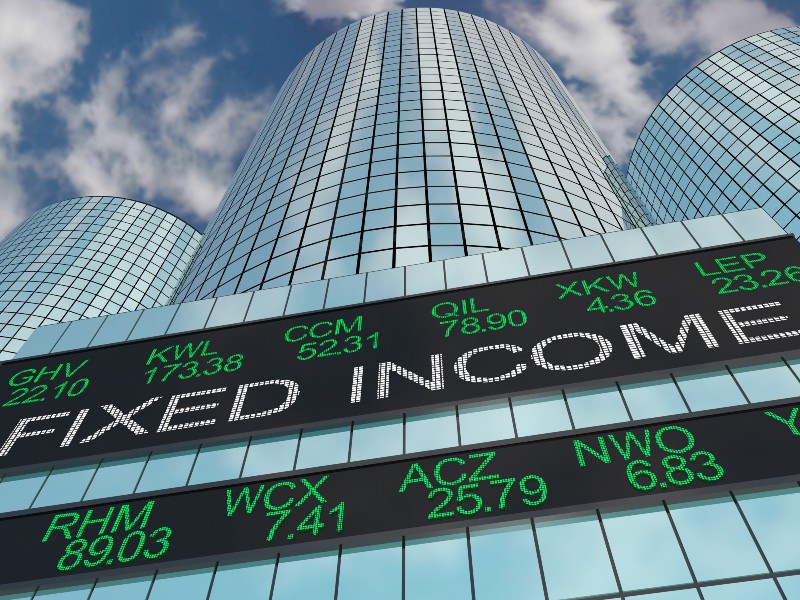

For the first time in its existence, the German 30-year government bond yield slipped into the negatives and it isn’t inconceivable that U.S. Treasuries could follow suit, said Joachim Fels, global economic advisor at PIMCO Corp., in a recent blog post.
While negative yields have lately been cropping up in developed markets outside the U.S., the American bonds are seen as quintessential safe haven for capital, apart from gold, he wrote.
The eventuality of these bonds going negative could be closer than investors currently anticipate, said Fels, with the ongoing trade tension fanning the flames. Some point to activities by the central banks like the European Central Bank and the Bank of Japan, specifically their taxation of banks’ excess reserves with negative deposit rates. As well, central banks have been buying and holding onto massive numbers of bonds issued by their respective governments. Today, the BOJ owns around half of Japanese government bonds, while the ECB has about 30 per cent of what’s been issued in its jurisdiction, he noted.
PIMCO, however, disagrees that central banks are to blame, said Fels. Instead, it points to demographics and technology.
“The two most important secular drivers are demographics and technology. Rising life expectancy increases desired saving while new technologies are capital-saving and are becoming cheaper – and thus reduce ex ante demand for investment,” he wrote. “The resulting savings glut tends to push the “natural” rate of interest lower and lower.”
Rising life expectancies are driving people to save because as people live longer, specifically longer in retirement, it changes the way they see the value of money, said Fels. Traditional economic theory would suggest that in order to encourage people to save, they must be rewarded for doing so in the form of interest, so they’ll be motivated to prioritize their future consumption over the spending they could do immediately. As people in more affluent societies are less concerned about their immediate needs and more focused on preparing for the future, they’re saving more readily and have less need of high interest rates as an incentive.”To transfer purchasing power to the future via saving today, they are thus willing to accept a negative interest rate and bring it about through their saving behavior,” he said.
Other cyclical drivers include a demonstrated cooling off in the labour market, likely to prompt precautionary saving among U.S. households, Fels added, noting trade uncertainty stemming with the U.S. and China will also likely cause companies to hold off on spending and potentially hiring.
Further, with the natural rate of interest falling further than the rates recently lowered by the Federal Reserve, monetary conditions are actually tighter even with the cut, said Fels, noting even with the possibility of another rate cut in the early autumn, markets may view the move as too little too late.
Currently, negative yields on U.S. Treasuries are just a possibility, Fels said. “But if the Fed cuts rates all the way back down to zero and restarts quantitative easing, negative yields on U.S. Treasuries could swiftly change from theory to reality.”
